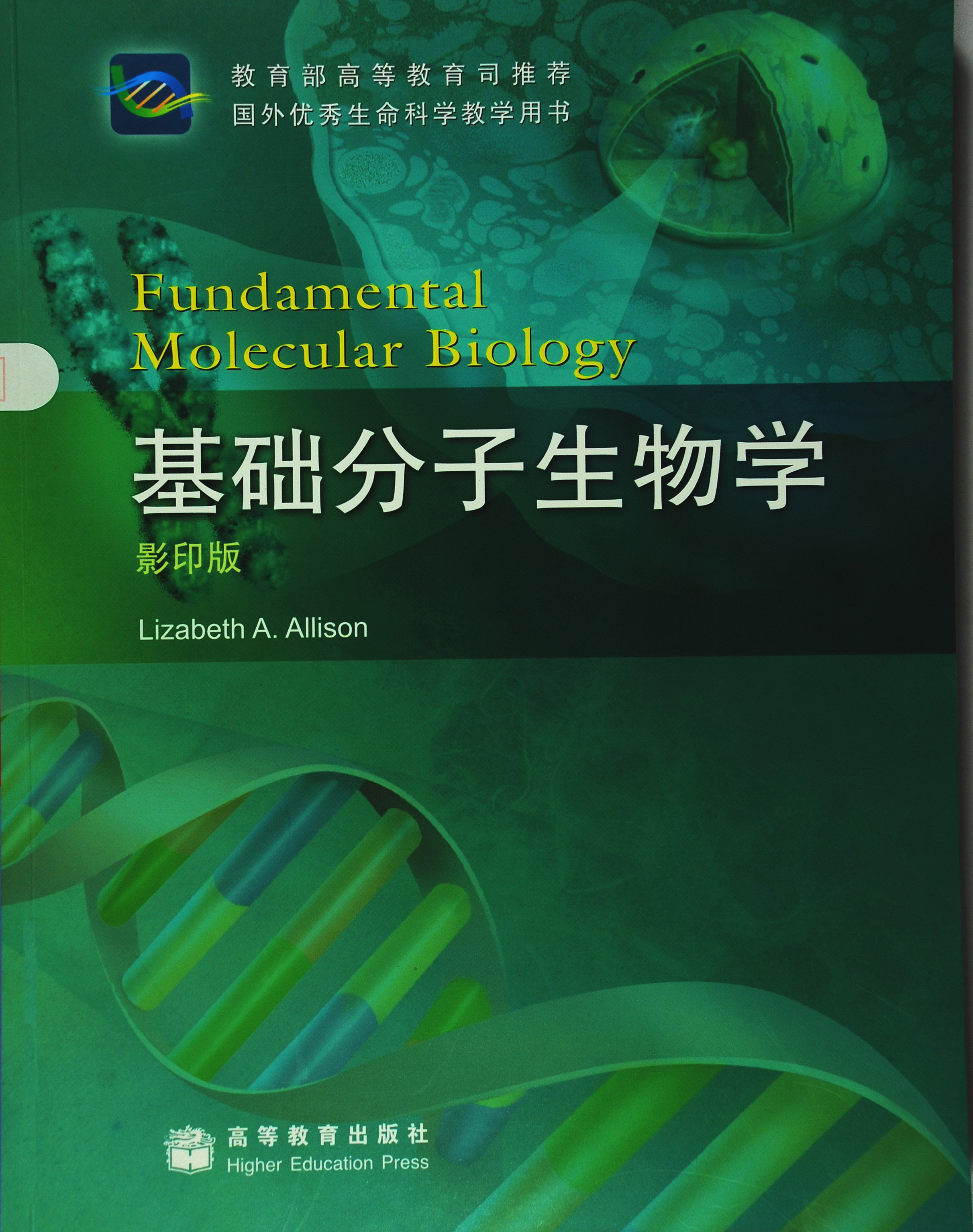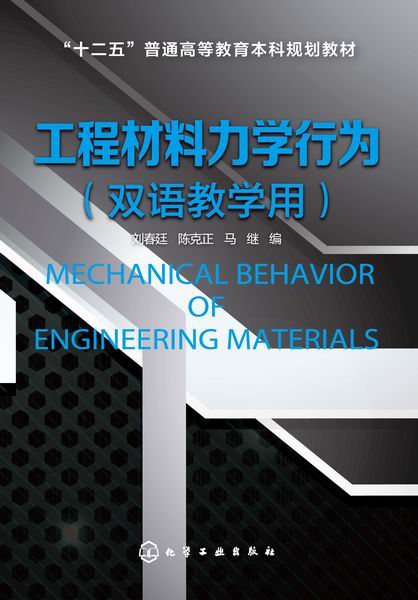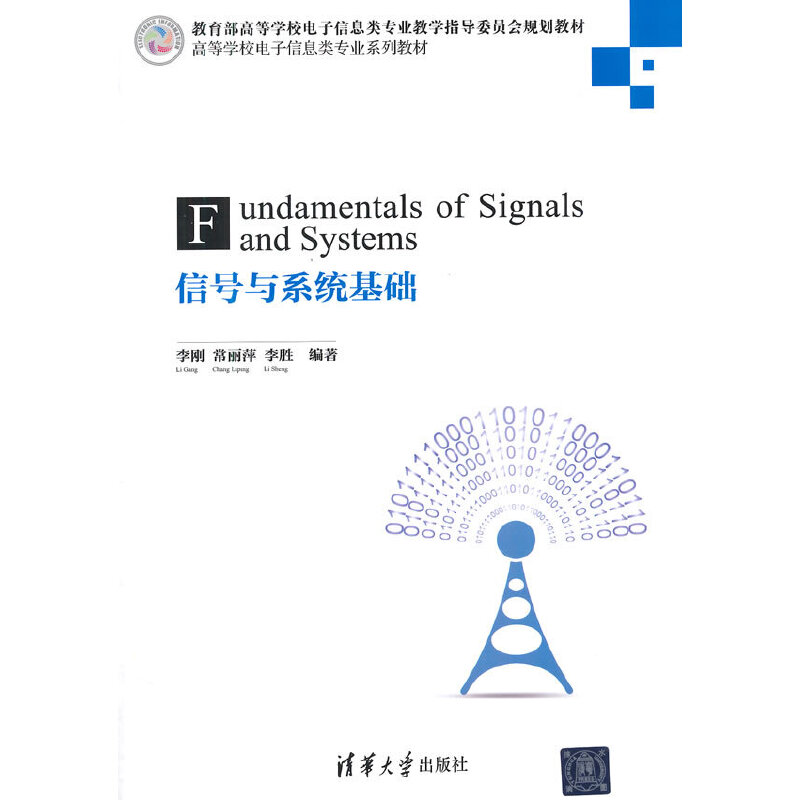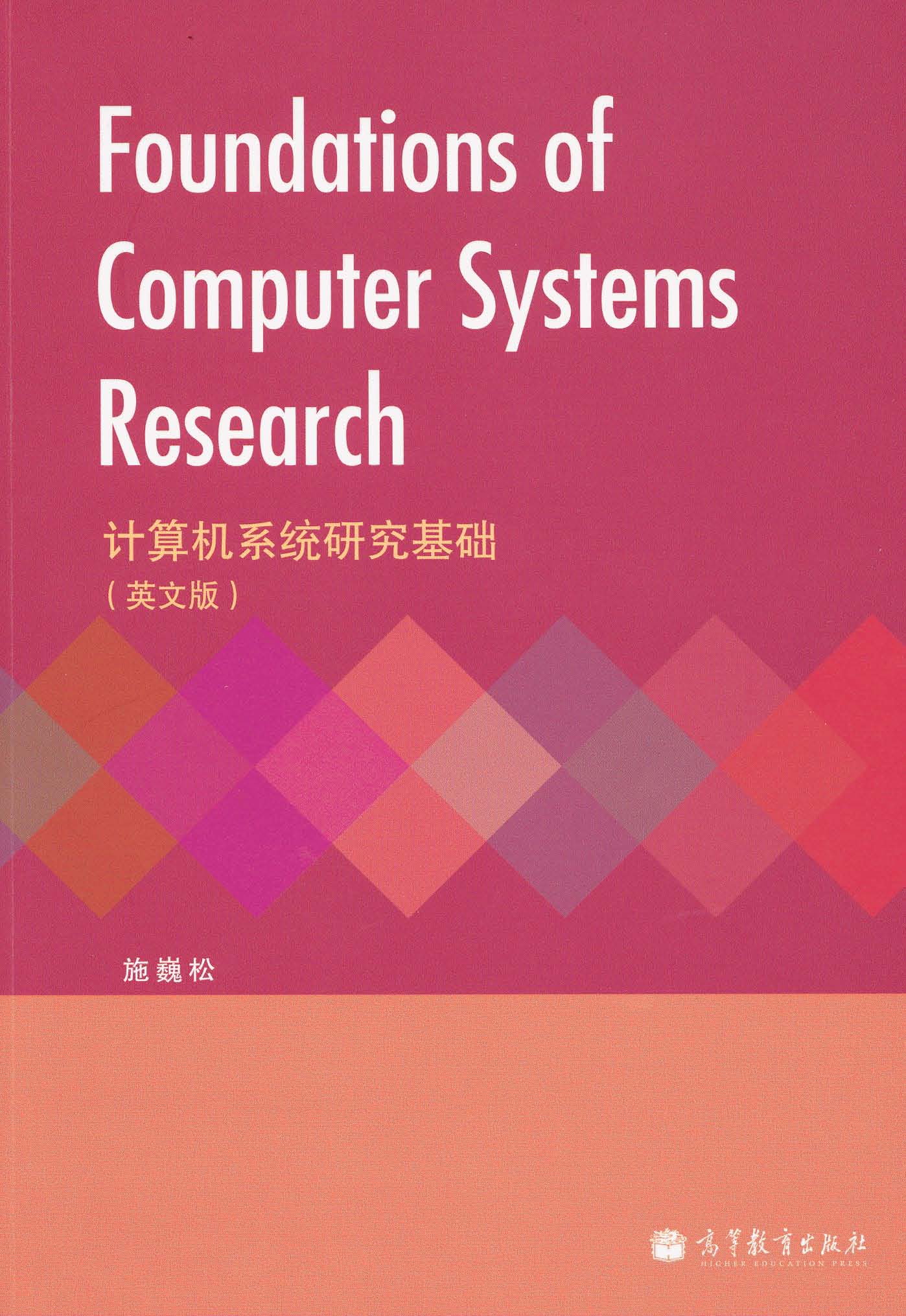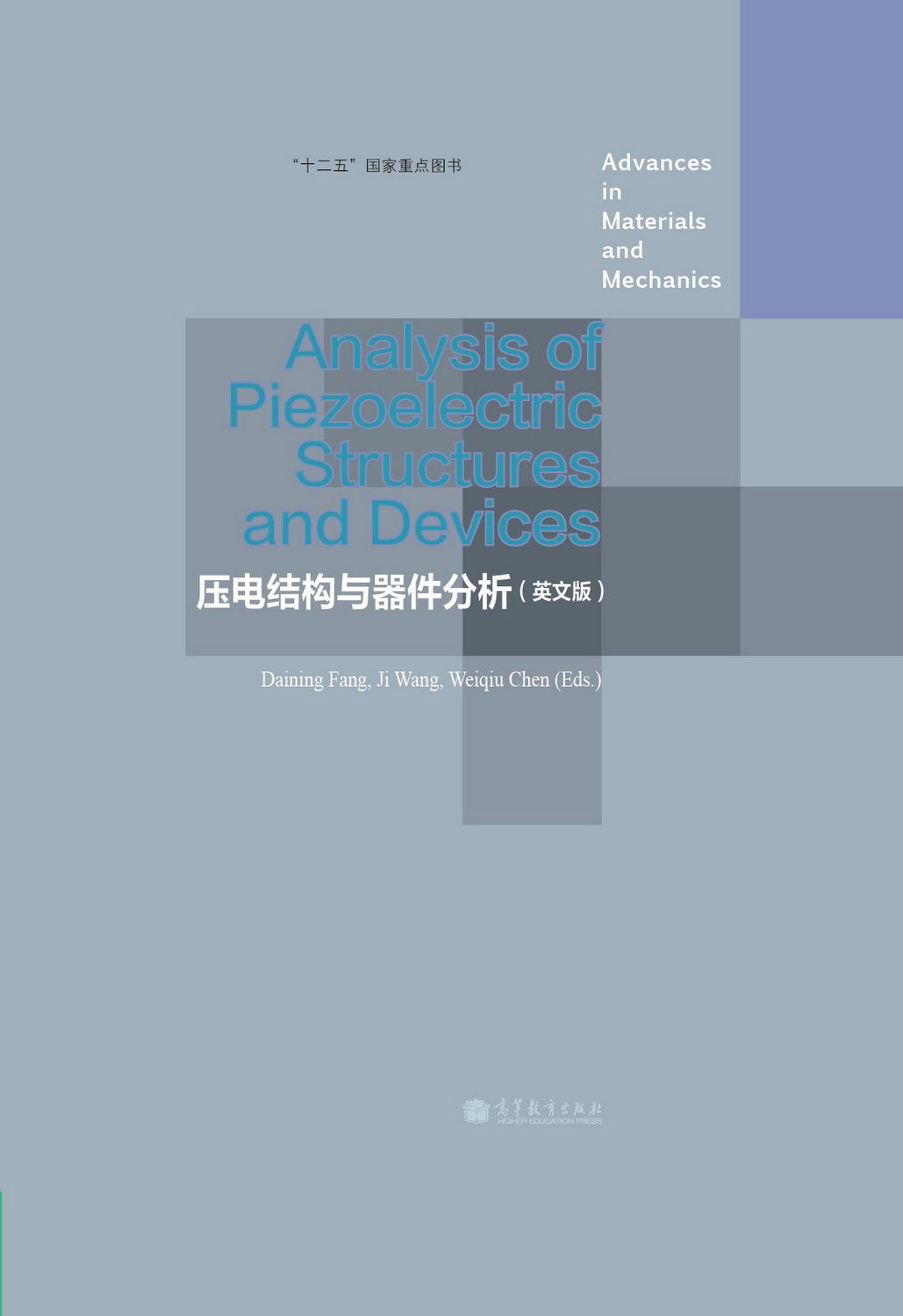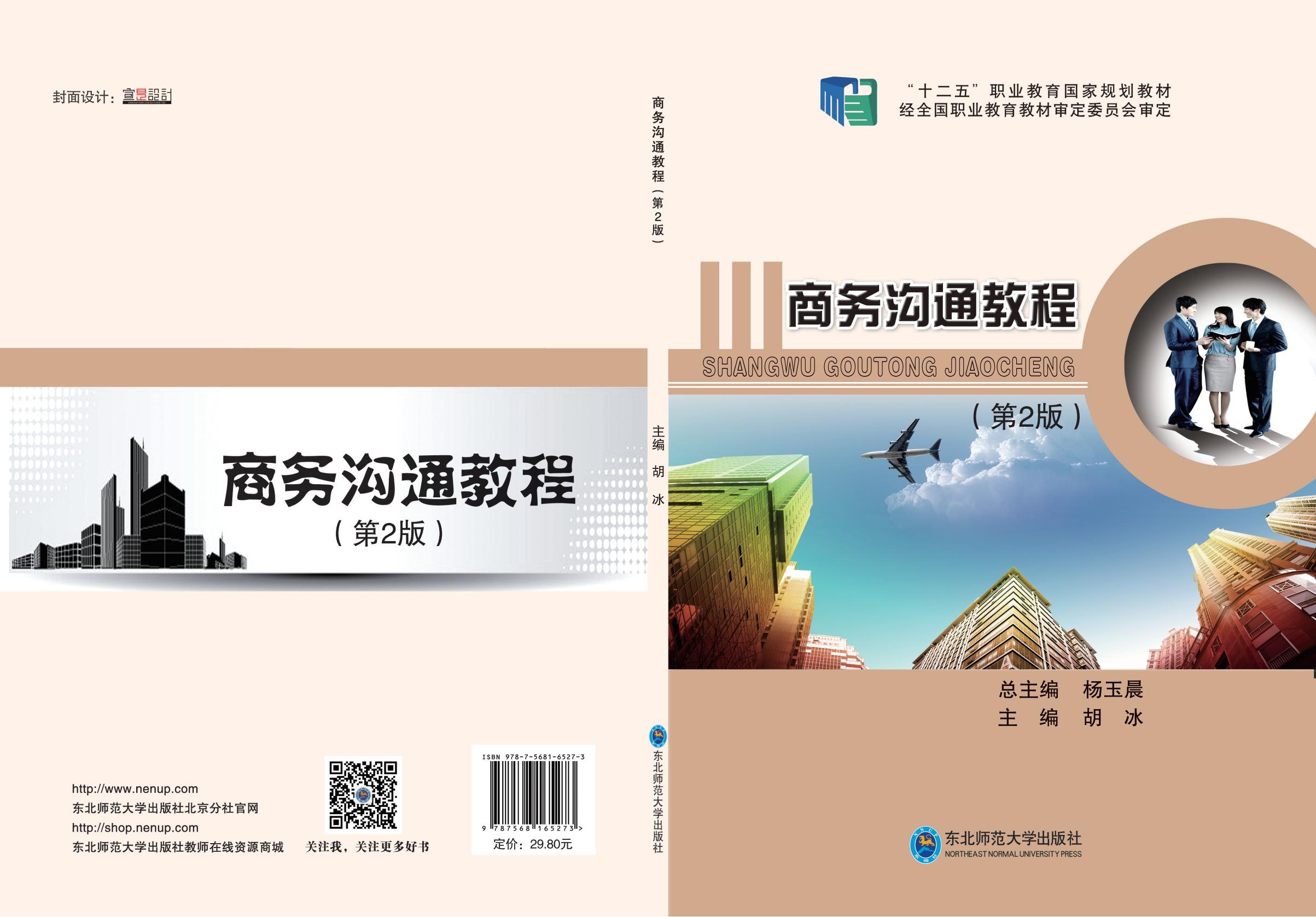基础分子生物学(影印版)(附光盘)
定价:¥69.00
作者: Lizabeth A. Allison
出版时间:2008-06-30
出版社:高等教育出版社
- 高等教育出版社
- 9787040250572
- 1
- 64486
- 0045153148-7
- 平装
- 16开
- 2008-06-30
- 950
- 725
内容简介
Lizabeth Allison所著的《基础分子生物学》(Fundamental Molecular Biology)一书,因其清晰、引人入胜的写作风格而广受赞誉。书中运用可读性很强的文字,通过大量现实案例、实验证据,介绍了分子生物学的基本概念。通过阅读框,向读者展示了大量与知识内容密切相关的疾病、研究方法和技术手段等。《基础分子生物学》在编写中注重兼顾分子生物学经典内容和RNA结构与功能、实验胚胎学和医学分子生物学等研究前沿。书中介绍的实例大都来源于真核生物,但适当地加入与原核生物的对比,以期达到更好的教学效果。书中采用大量原创的彩色插图,更为清晰地揭示了复杂的过程与概念。
本书可供综合性大学、农林院校、医学院校的本科生、研究生使用,也可供有关科研工作人员参考。
目录
1 The beginnings of molecular biology
1.1 Introduction
1.2 Historical perspective
Insights into heredity from round and wrinkled peas: Mendelian
genetics
Insights into the nature of hereditary materiaL: the transforming
principle is DNA
Creativity in approach leads to the one gene-one enzyme
hypothesis
The importance of technological advances: the Hershey-Chase
experiment
A model for the structure of DNA: the DNA double helix
Chapter summary
Analytical questions
Suggestions for further reading
2 The structure of DNA
2.1 Introduction
2.2 Primary structure: the components of nucleic acids
Five-carbon sugars
Nitrogenous bases
The phosphate functional group
Nucleosides and nucteotides
2.3 Significance of 5 and 3
2.4 Nomenclature of nucleotides
2.5 The length of RNA and DNA
2.6 Secondary structure of DNA
Hydrogen bonds form between the bases
Base stacking provides chemical stability to the DNA double
helix
Structure of the Watson-Crick DNA double helix
Distinguishing between features of alternative double-helical
structures
DNA can undergo reversible strand separation
2.7 Unusual DNA secondary structures
Slipped structures
Cruciform structures
Triple helix DNA
Disease box 2.1 Friedreichs ataxia and triple helix DNA
2.8 Tertiary structure of DNA
Supercoiling of DNA
Topoisomerases relax supercoiled DNA
What is the significance of supercoiting in vivo?
Disease box 2.2 Topoisomerase-targeted anticancer drugs
Chapter summary
Analytical questions
Suggestions for further reading
3 Genome organization: from nucleotides to chromatin
3.1 Introduction
3.2 Eukaryotic genome
Chromatin structure:historical perspective
Histones
Nucleosomes
Beads-on-a-string:the 10 nm fiber
The 30 nm fiber
Loop domains
Metaphase chromosomes
Alternative chromatin structures
3.3 Bacterial genome
3.4 Plasmids
3.5 Bacteriophages and mammalian DNA viruses
Bacteriophaqes
Mammalian DNA Viruses
3.6 Organelle genomes:chloroplasts and mitochondria
Chloroplast DNA(cpDNA)
Mitochondrial DNA (mtDNA)
Disease box 3.1 Mitochondrial DNA and disease
3.7 RNA-based genomes
Eukaryotic RNA viruses
Retroviruses
Viroids
Other Subviral pathoqens
Disease box 3.2 Avian flu
Chapter summary
Analytical questions
Suggestions for further reading
4 The versatility of RNA
4.1 Introduction
4.2 Secondary structure of RNA
Secondary structure motifs in RNA
Base-paired RNA adopts an A-type double helix
RNA helices often contain noncanonical base pairs
4.3 Tertiary structure of RNA
tRNA structure:important insiqhts into RNA structural motifs
Common tertiary structure motifs in RNA
4.4 Kinetics of RNA folding
4.5 RNA is involved in a wide range of cellular processes
4.6 Historical perspective:the discovery of RNA catalysis
Tetrahymena qroUP I intron ribozyme
RNase P ribozyme
Focus box 4.1:The RNA World
4.7 Ribozymes catalyze a variety of chemical reactions
Mode of ribozyme action
Large ribozymes
Small ribozymes
Chapter summary
Analytical questions
Suggestions for further reading
5 From gene to protein
5.1 Introduction
5.2 The central dogma
5.3 The genetic code
Translating the genetic code
The 21st and 22nd genetically encoded amino acids
Role of modified nucleotides in decoding
Implications of codon bias for molecular biologists
5.4 Protein structure
Primary structure
Secondary structure
Tertiary structure
Quaternary structure
Size and complexity of proteins
Proteins contain multiple functional domains
Prediction of protein structure
5.5 Protein function
Enzymes are biological catalysts
Regulation of protein activity by post-translational
modifications
Allosteric regulation of protein activity
Cyclin-dependent kinase activation
Macromolecular assemblages
5.6 Protein folding and misfolding
MoLecular chaperones
Ubiquitin-mediated protein degradation
Protein misfolding diseases
Disease box 5.1 Prions
Chapter summary
Analytical questions
Suggestions for further reading
6 DNA replication and telomere maintenance
6.1 Introduction
6.2 Historical perspective
Insight into the mode of DNA replication: the Meselson-Stahl
experiment
Insight into the mode of DNA replication: visualization of
replicating bacterial DNA
6.3 DNA synthesis occurs from 5→3
6.4 DNA polymerases are the enzymes that catalyze DNA
synthesis
Focus box 6.1 Bacterial DNA polymerases
6.5 Semidiscontinuous DNA replication
Leading strand synthesis is continuous
Lagging strand synthesis is discontinuous
6.6 Nuclear DNA replication in eukaryotic cells
Replication factories
Histone removal at the origins of replication
Prereplication complex formation at the origins of
replication
Replication Licensing: DNA only replicates once per cell
cycle
Duplex unwinding at replication forks
RNA priming of Leading strand and Lagging strand DNA
synthesis
Polymerase switching
Elongation of Leading strands and Lagging strands
Proofreading
Maturation of nascent DNA strands
Termination
Histone deposition
Focus box 6.2 The naming of genes involved in DNA replication
Disease box 6.1 Systemic lupus erythematosus and PCNA
6.7 Replication of organelle DNA
Models for mtDNA replication
Replication of cpDNA
Disease box 6.2 RNase MRP and cartilage-hair hypoplasia
6.8 Rolling circle replication
6.9 Tetomere maintenance: the role of tetomerase in DNA
replication, aging, and cancer
Telomeres
Solution to the end replication problem
Maintenance of telomeres by telomerase
Other modes of telomere maintenance
Regulation of telomerase activity
Telomerase, aging, and cancer
Disease box 6.3 Dyskeratosis congenita: loss of telomerase
function
Chapter summary
Analytical questions
Suggestions for further reading
7 DNA repair and recombination
7.1 Introduction
7.2 Types of mutations and their phenotypic consequences
Transitions and transversions can lead to silent, missense, or
nonsense mutations
Insertions or deletions can cause frameshift mutations
Expansion of trinucleotide repeats leads to genetic
instability
7.3 General classes of DNA damage
Single base changes
Structural distortion
DNA backbone damage
Cellular response to DNA damage
7.4 Lesion bypass
7.5 Direct reversal of DNA damage
7.6 Repair of single base changes and structural distortions by
removal of DNA damage
Base excision repair
Mismatch repair
Nucleotide excision repair
Disease box 7.1 Hereditary nonpolyposis colorectal cancer: a defect
in mismatch repair
7.7 Double-strand break repair by removal of DNA damage
Homologous recombination
Nonhomologous end-joining
Disease box 7.2 Xeroderma pigmentosum and related disorders:
defects in nucleotide excision repair
Disease box 7.3 Hereditary breast cancer syndromes: mutations in
BRCA1 and BRCA2
8 Recombinant DNA technology and molecular cloning
9 Tools for analyzing gene expression
10 Transcription in prokaryotes
11 Transcription in eukaryotes
12 Epigenetic and monoallelic gene expression
13 RNA processing and post-transcriptional gene regulation
14 The mechanism of translation
15 Genetically modified organisms: use in basic and applied
research
16 Genome analysis:DNA typing,genomics and beyond
17 Medical molecular biology
Glossary
Index
1.1 Introduction
1.2 Historical perspective
Insights into heredity from round and wrinkled peas: Mendelian
genetics
Insights into the nature of hereditary materiaL: the transforming
principle is DNA
Creativity in approach leads to the one gene-one enzyme
hypothesis
The importance of technological advances: the Hershey-Chase
experiment
A model for the structure of DNA: the DNA double helix
Chapter summary
Analytical questions
Suggestions for further reading
2 The structure of DNA
2.1 Introduction
2.2 Primary structure: the components of nucleic acids
Five-carbon sugars
Nitrogenous bases
The phosphate functional group
Nucleosides and nucteotides
2.3 Significance of 5 and 3
2.4 Nomenclature of nucleotides
2.5 The length of RNA and DNA
2.6 Secondary structure of DNA
Hydrogen bonds form between the bases
Base stacking provides chemical stability to the DNA double
helix
Structure of the Watson-Crick DNA double helix
Distinguishing between features of alternative double-helical
structures
DNA can undergo reversible strand separation
2.7 Unusual DNA secondary structures
Slipped structures
Cruciform structures
Triple helix DNA
Disease box 2.1 Friedreichs ataxia and triple helix DNA
2.8 Tertiary structure of DNA
Supercoiling of DNA
Topoisomerases relax supercoiled DNA
What is the significance of supercoiting in vivo?
Disease box 2.2 Topoisomerase-targeted anticancer drugs
Chapter summary
Analytical questions
Suggestions for further reading
3 Genome organization: from nucleotides to chromatin
3.1 Introduction
3.2 Eukaryotic genome
Chromatin structure:historical perspective
Histones
Nucleosomes
Beads-on-a-string:the 10 nm fiber
The 30 nm fiber
Loop domains
Metaphase chromosomes
Alternative chromatin structures
3.3 Bacterial genome
3.4 Plasmids
3.5 Bacteriophages and mammalian DNA viruses
Bacteriophaqes
Mammalian DNA Viruses
3.6 Organelle genomes:chloroplasts and mitochondria
Chloroplast DNA(cpDNA)
Mitochondrial DNA (mtDNA)
Disease box 3.1 Mitochondrial DNA and disease
3.7 RNA-based genomes
Eukaryotic RNA viruses
Retroviruses
Viroids
Other Subviral pathoqens
Disease box 3.2 Avian flu
Chapter summary
Analytical questions
Suggestions for further reading
4 The versatility of RNA
4.1 Introduction
4.2 Secondary structure of RNA
Secondary structure motifs in RNA
Base-paired RNA adopts an A-type double helix
RNA helices often contain noncanonical base pairs
4.3 Tertiary structure of RNA
tRNA structure:important insiqhts into RNA structural motifs
Common tertiary structure motifs in RNA
4.4 Kinetics of RNA folding
4.5 RNA is involved in a wide range of cellular processes
4.6 Historical perspective:the discovery of RNA catalysis
Tetrahymena qroUP I intron ribozyme
RNase P ribozyme
Focus box 4.1:The RNA World
4.7 Ribozymes catalyze a variety of chemical reactions
Mode of ribozyme action
Large ribozymes
Small ribozymes
Chapter summary
Analytical questions
Suggestions for further reading
5 From gene to protein
5.1 Introduction
5.2 The central dogma
5.3 The genetic code
Translating the genetic code
The 21st and 22nd genetically encoded amino acids
Role of modified nucleotides in decoding
Implications of codon bias for molecular biologists
5.4 Protein structure
Primary structure
Secondary structure
Tertiary structure
Quaternary structure
Size and complexity of proteins
Proteins contain multiple functional domains
Prediction of protein structure
5.5 Protein function
Enzymes are biological catalysts
Regulation of protein activity by post-translational
modifications
Allosteric regulation of protein activity
Cyclin-dependent kinase activation
Macromolecular assemblages
5.6 Protein folding and misfolding
MoLecular chaperones
Ubiquitin-mediated protein degradation
Protein misfolding diseases
Disease box 5.1 Prions
Chapter summary
Analytical questions
Suggestions for further reading
6 DNA replication and telomere maintenance
6.1 Introduction
6.2 Historical perspective
Insight into the mode of DNA replication: the Meselson-Stahl
experiment
Insight into the mode of DNA replication: visualization of
replicating bacterial DNA
6.3 DNA synthesis occurs from 5→3
6.4 DNA polymerases are the enzymes that catalyze DNA
synthesis
Focus box 6.1 Bacterial DNA polymerases
6.5 Semidiscontinuous DNA replication
Leading strand synthesis is continuous
Lagging strand synthesis is discontinuous
6.6 Nuclear DNA replication in eukaryotic cells
Replication factories
Histone removal at the origins of replication
Prereplication complex formation at the origins of
replication
Replication Licensing: DNA only replicates once per cell
cycle
Duplex unwinding at replication forks
RNA priming of Leading strand and Lagging strand DNA
synthesis
Polymerase switching
Elongation of Leading strands and Lagging strands
Proofreading
Maturation of nascent DNA strands
Termination
Histone deposition
Focus box 6.2 The naming of genes involved in DNA replication
Disease box 6.1 Systemic lupus erythematosus and PCNA
6.7 Replication of organelle DNA
Models for mtDNA replication
Replication of cpDNA
Disease box 6.2 RNase MRP and cartilage-hair hypoplasia
6.8 Rolling circle replication
6.9 Tetomere maintenance: the role of tetomerase in DNA
replication, aging, and cancer
Telomeres
Solution to the end replication problem
Maintenance of telomeres by telomerase
Other modes of telomere maintenance
Regulation of telomerase activity
Telomerase, aging, and cancer
Disease box 6.3 Dyskeratosis congenita: loss of telomerase
function
Chapter summary
Analytical questions
Suggestions for further reading
7 DNA repair and recombination
7.1 Introduction
7.2 Types of mutations and their phenotypic consequences
Transitions and transversions can lead to silent, missense, or
nonsense mutations
Insertions or deletions can cause frameshift mutations
Expansion of trinucleotide repeats leads to genetic
instability
7.3 General classes of DNA damage
Single base changes
Structural distortion
DNA backbone damage
Cellular response to DNA damage
7.4 Lesion bypass
7.5 Direct reversal of DNA damage
7.6 Repair of single base changes and structural distortions by
removal of DNA damage
Base excision repair
Mismatch repair
Nucleotide excision repair
Disease box 7.1 Hereditary nonpolyposis colorectal cancer: a defect
in mismatch repair
7.7 Double-strand break repair by removal of DNA damage
Homologous recombination
Nonhomologous end-joining
Disease box 7.2 Xeroderma pigmentosum and related disorders:
defects in nucleotide excision repair
Disease box 7.3 Hereditary breast cancer syndromes: mutations in
BRCA1 and BRCA2
8 Recombinant DNA technology and molecular cloning
9 Tools for analyzing gene expression
10 Transcription in prokaryotes
11 Transcription in eukaryotes
12 Epigenetic and monoallelic gene expression
13 RNA processing and post-transcriptional gene regulation
14 The mechanism of translation
15 Genetically modified organisms: use in basic and applied
research
16 Genome analysis:DNA typing,genomics and beyond
17 Medical molecular biology
Glossary
Index

